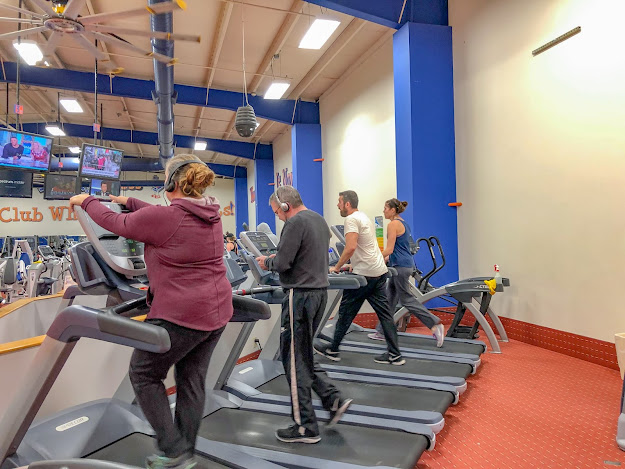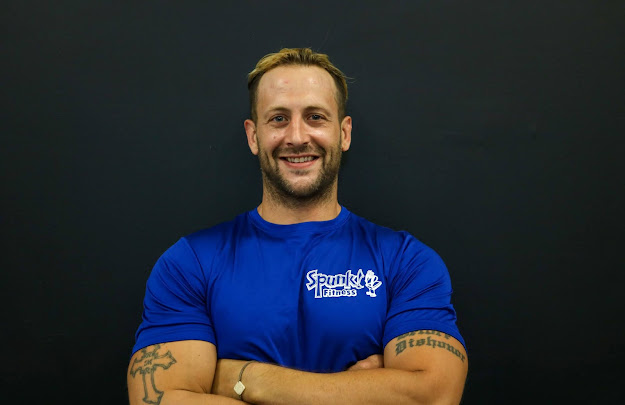5 Top Running Myths
Are you considering becoming a runner? Do you regularly hit the treadmill as part of your new fitness center routine? If so, you may have heard a few of these running myths, or – even worse –believe them to be true.
Myth #1: You need a “runner’s body” to become a runner.
If you visit any 5K race, you’ll see runners of all shapes, sizes, and strides. Anyone with a body can become a runner, so don’t fall for the myth that you’re not built for endurance or speed. Get out there and do your body some good! If you enjoy it, that’s all that matters.
Myth #2: Running is bad for your knees.
There’s no proof that running is any worse for your knees than any other form of high-impact exercise. If you already have a knee condition or you’re at risk for one, running could cause it to flare up. But, again, so would any other type of vigorous exercise. It might surprise you to learn that running can be beneficial for your knees and bones because it strengthens the muscles surrounding them, and any weight-bearing exercise increases bone density (which decreases your risk of fractures).
Myth #3: You should always stretch before running.
We see pictures of runners stretching as they prepare for a big event, so naturally it’s easy to think that’s what you’re supposed to do. Stretching cold muscles before you work out at the fitness gym is more likely to lead to an injury than to prevent one. In fact, research shows that stretching doesn’t prevent muscle injuries – it just makes you more flexible. It’s still a good way to loosen your muscles up after a workout to avoid stiffness later on.
Myth #4: You need a certain price or style of shoe to run.
Running shoes can get pricey. While you want to pick a quality shoe that supports and protects your feet, the price tag isn’t always a reflection of better technology or design. It’s mostly to do with branding. Find shoes that fit your gait, or stride (if you don’t know your gait, visit an athletic shoe store that offers free gait analysis). Depending on how your feet land, you’ll need better protection or motion control on certain areas of your shoes to avoid uneven wear and injuries.
Choose running-specific shoes, but don’t fall for the myth that extra cushioning or no cushioning (such as in minimalist or barefoot styles) will protect you from injuries or help you run more efficiently. Choose what’s right for your feet, period.
Myth #5: You need to run every day.
Running newbies often make the mistake of putting in too much mileage, too soon, which leads to overuse injuries like shin splints and Achilles tendonitis. The more frequently you run, the better, but 2 to 3 days a week is usually sufficient to see improvements in your cardiovascular fitness and endurance, assuming you continue to run for longer distances.
There are more myths than this, but avoiding these top five will get you on the right track to reaching your goal of becoming a “real” runner, avoiding injuries, saving money and time, and seeing the results you’ve been working for.




Comments
Post a Comment